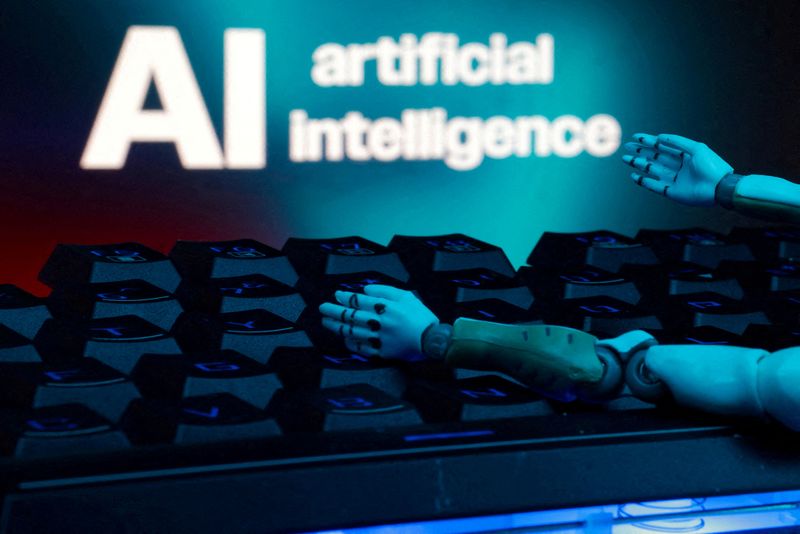MLCommons Unveils New AI Benchmarks: A Leap Forward in Performance Measurements
By Max A. Cherney and Stephen Nellis
SAN FRANCISCO — Exciting developments in the world of artificial intelligence are underway as MLCommons has unveiled two cutting-edge benchmarks designed to evaluate how efficiently the latest hardware and software can support AI applications. With the explosion of AI tools like OpenAI’s ChatGPT in the last two years, chip manufacturers have had to pivot towards creating powerful hardware capable of handling a surge in AI demands.
Why the New Benchmarks Matter
As AI applications become more prevalent—think chatbots, advanced search engines, and beyond—there’s a growing need for benchmarks that can measure system speed. That’s where MLCommons comes in. They have developed two new versions of their MLPerf benchmarks specifically to analyze the performance of hardware under the pressure of popular AI tasks.
The First Benchmark: Llama 3.1
One of these benchmarks is based on Meta’s impressive Llama 3.1 model, which boasts a staggering 405 billion parameters. This test focuses on general question-answering, mathematical problem-solving, and code generation capabilities. It assesses a system’s ability to handle large queries and merge information from various sources—skills essential for modern AI functionality.
Nvidia, a heavyweight in the chip world, was quick to submit its latest AI servers for testing. These servers, called Grace Blackwell, feature 72 graphics processing units (GPUs) that delivered remarkable performance—2.8 to 3.4 times faster than their predecessors! Even when directly comparing with an older model using only eight GPUs, the enhancements were evident.
The Second Benchmark: Aiming for Instant Responses
The second benchmark also draws from an open-source model by Meta and aims to simulate user experiences typical of consumer AI applications like ChatGPT. The focus here is to reduce response times to a blink-and-you-miss-it speed, cultivating a more user-friendly interaction.
The Bigger Picture: Speeding Up AI Integration
As tech companies scramble to improve AI performance, Nvidia has been particularly proactive in enhancing inter-chip communication. This optimization is crucial; in AI operations, several chips often collaborate to execute tasks simultaneously, making swift data transfer essential.
A Look Ahead
The introduction of these benchmarks signals a broader shift in how we will measure AI efficiency, lending insight into what consumers can expect moving forward. With rising competition among major players, such as Nvidia and Dell Technologies (which also submitted systems for testing), the stage is set for a transformative era in AI performance.
As the tech landscape evolves, these advancements will not only impact developers and engineers but also everyday users who rely on AI tools in their daily lives. Knowing how quickly these systems can respond means better, more seamless interactions with technology.
In conclusion, the future of AI is looking bright with these new metrics in place. The AI Buzz Hub team is excited to see where these breakthroughs take us. Want to stay in the loop on all things AI? Subscribe to our newsletter or share this article with your fellow enthusiasts.




